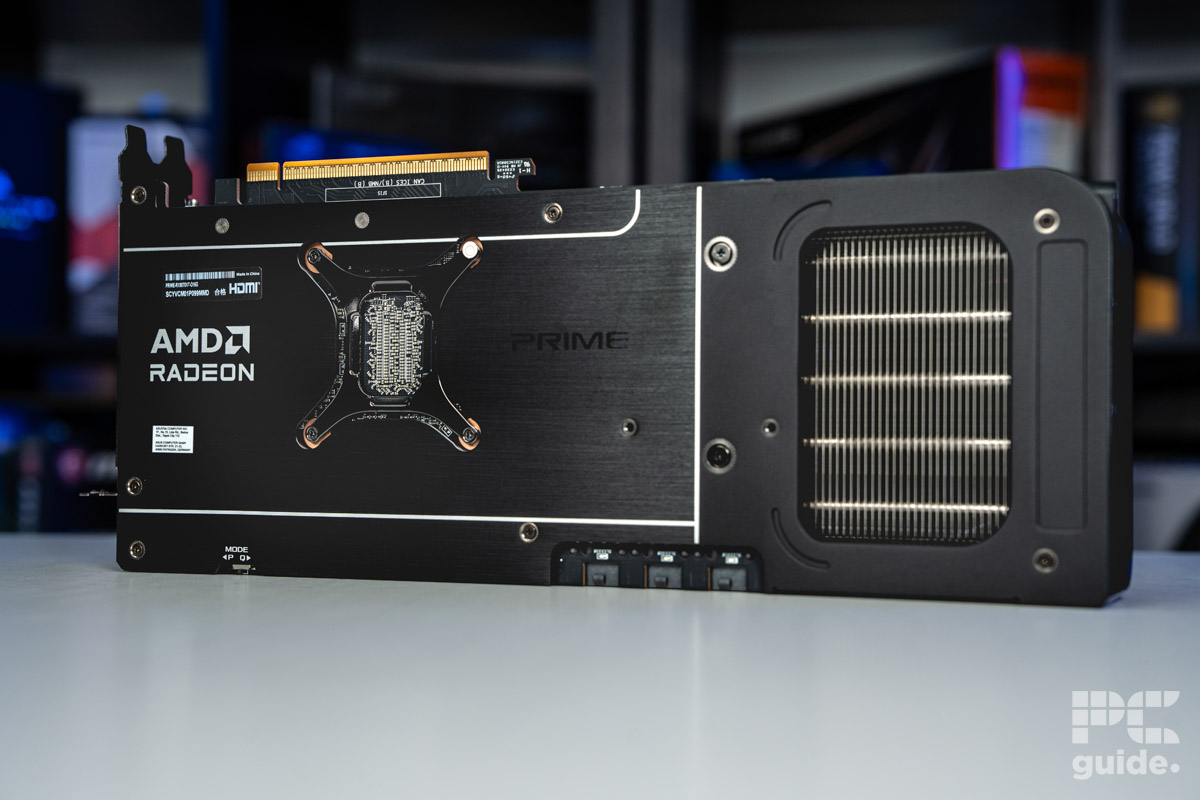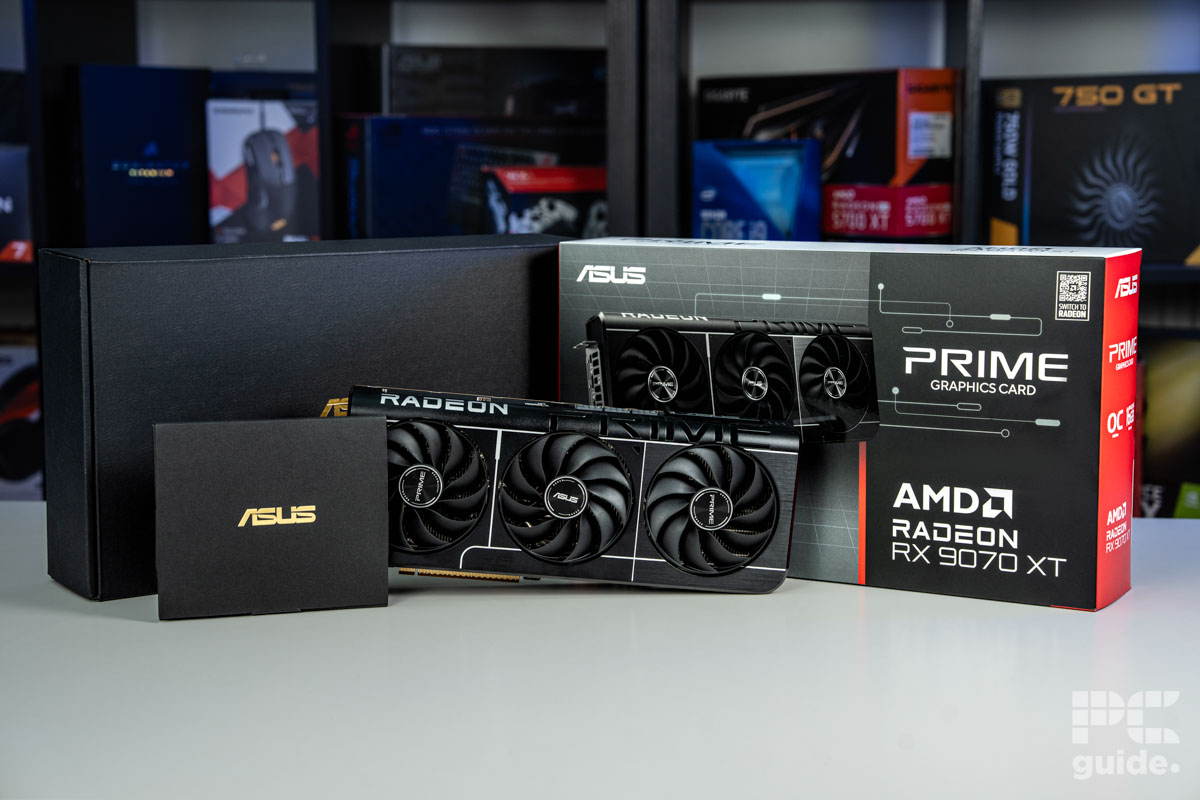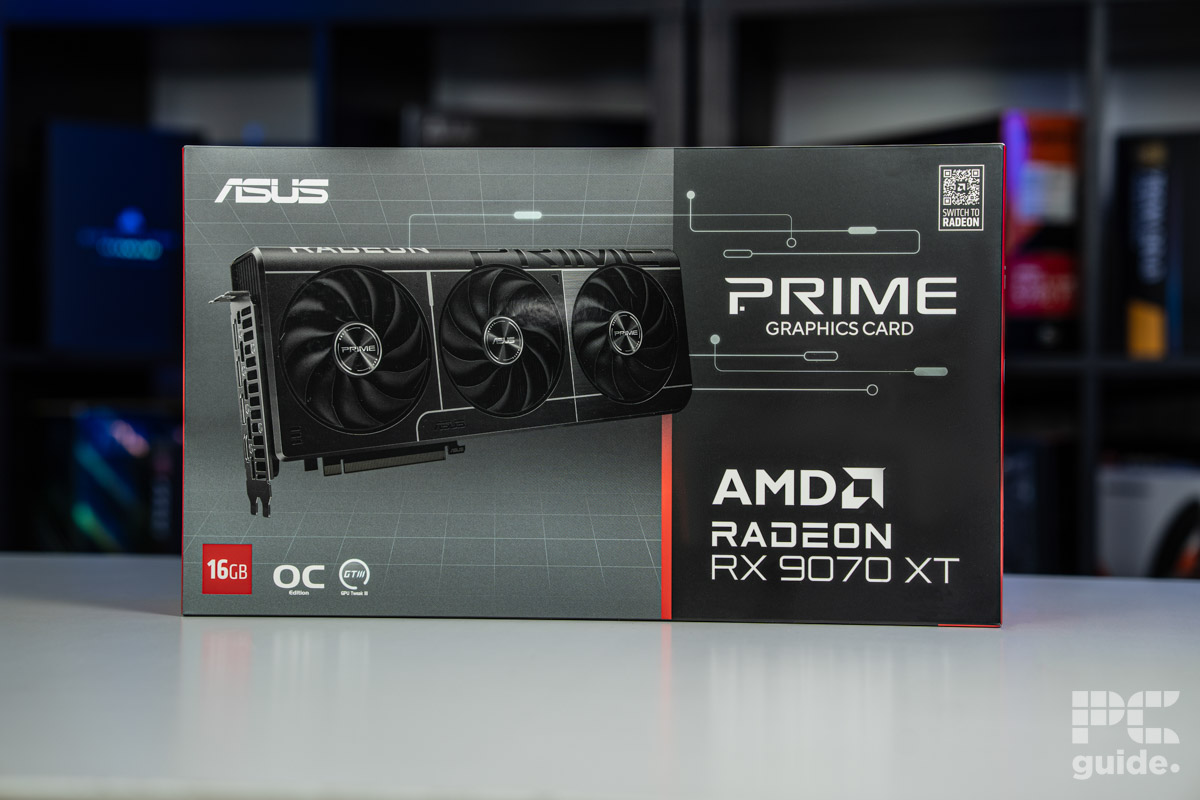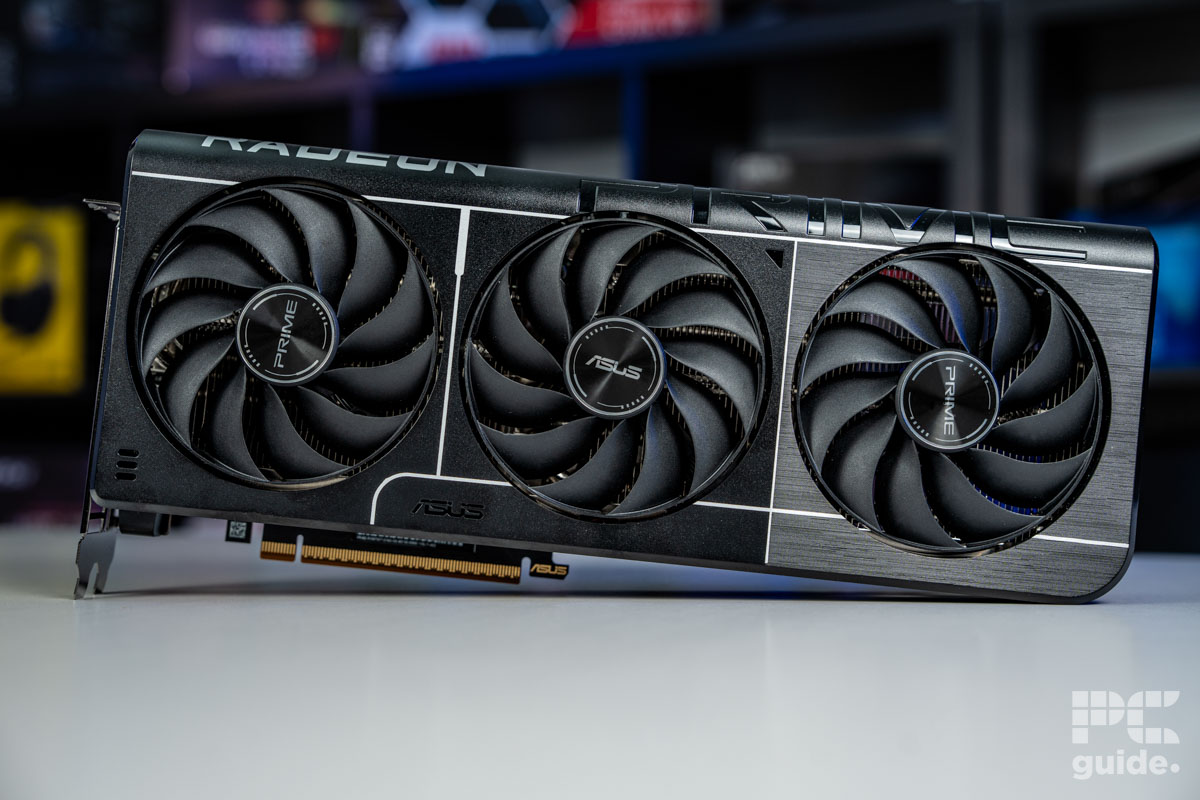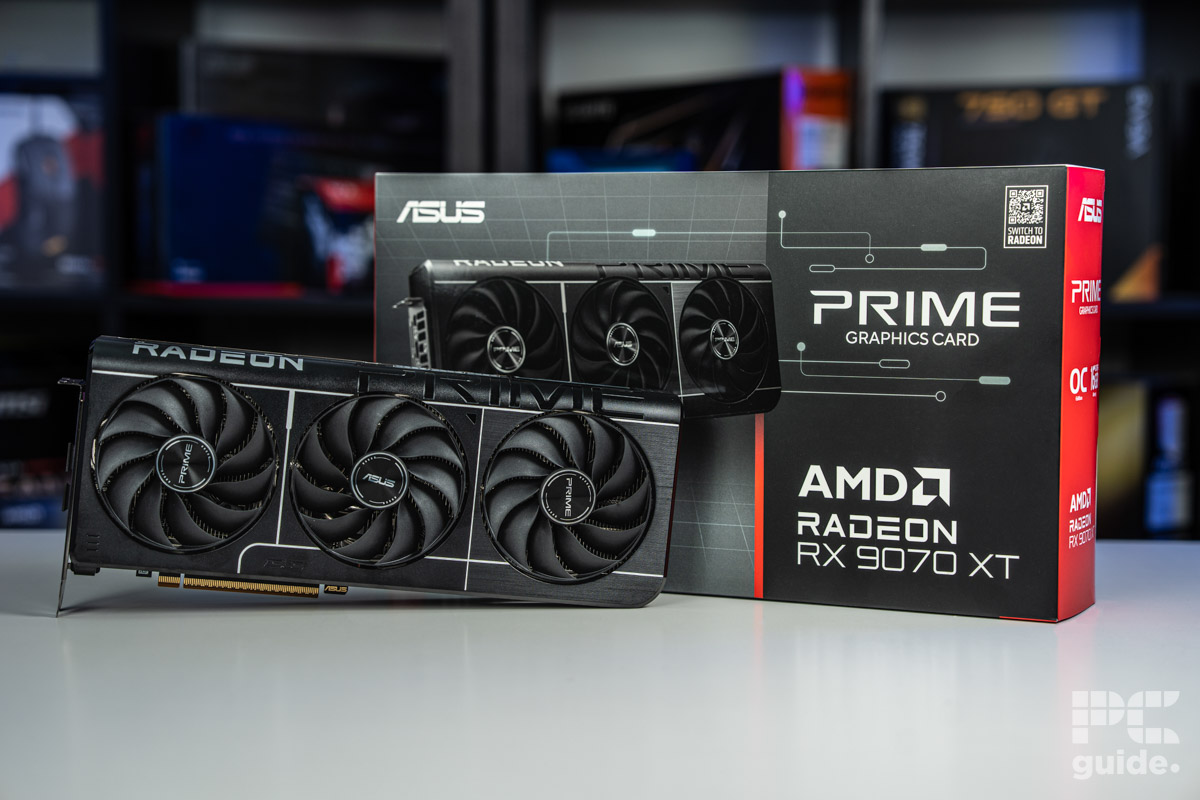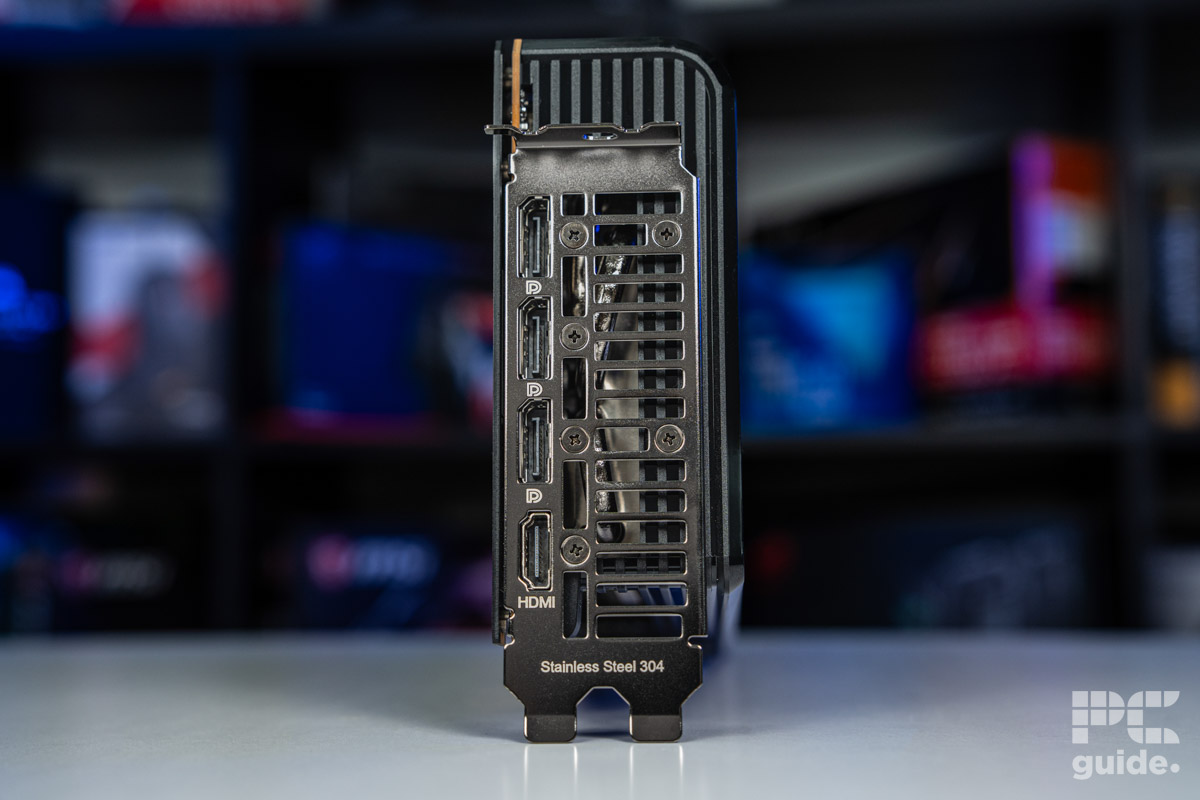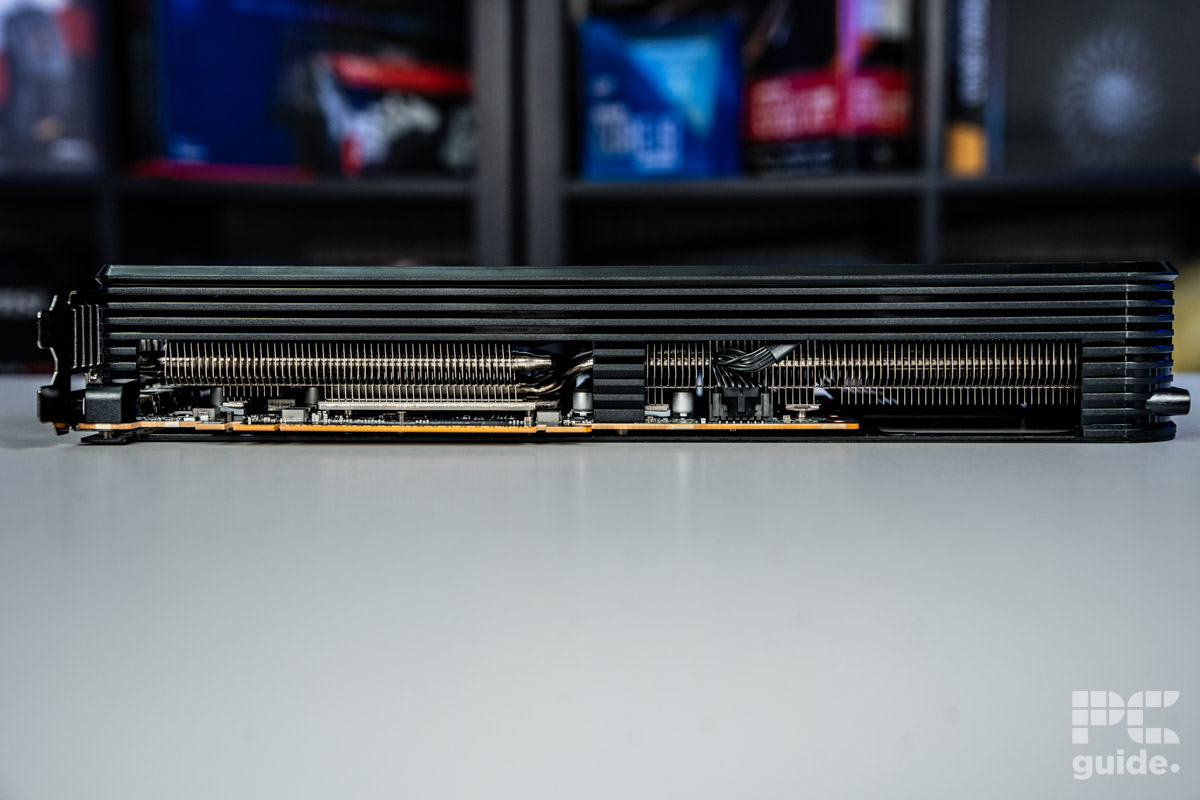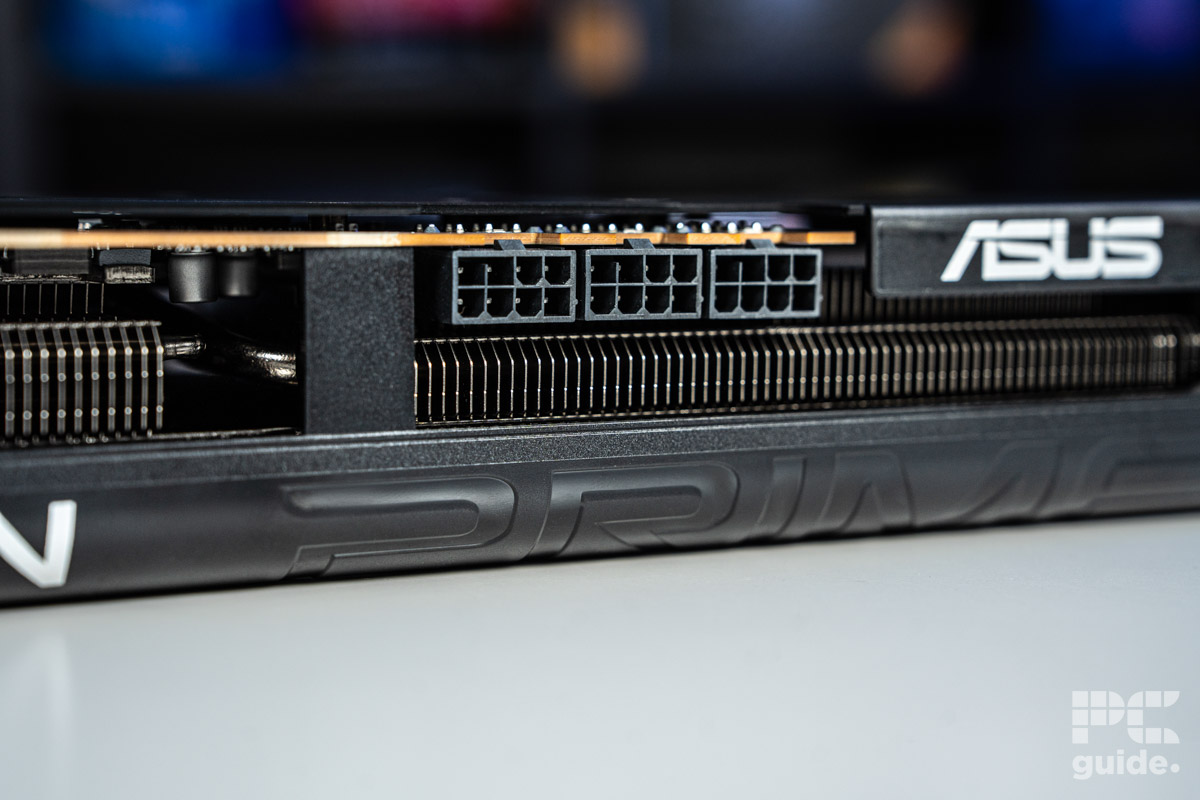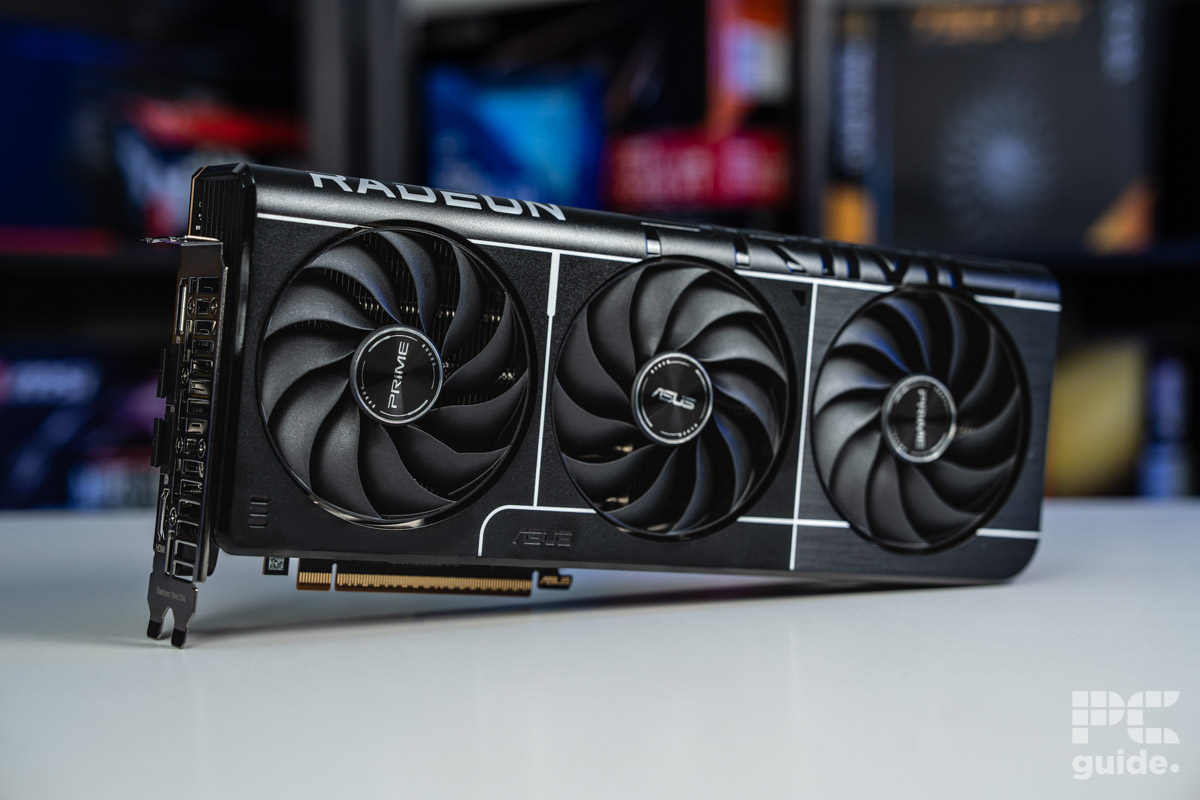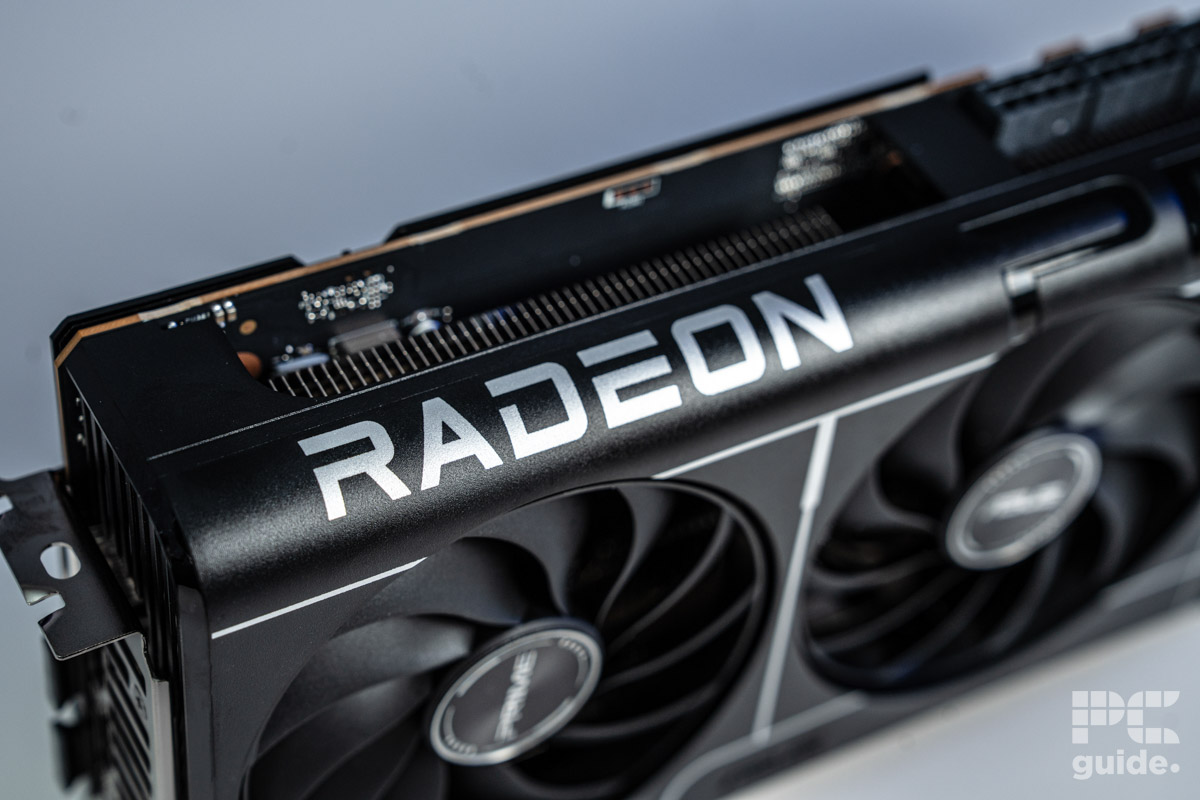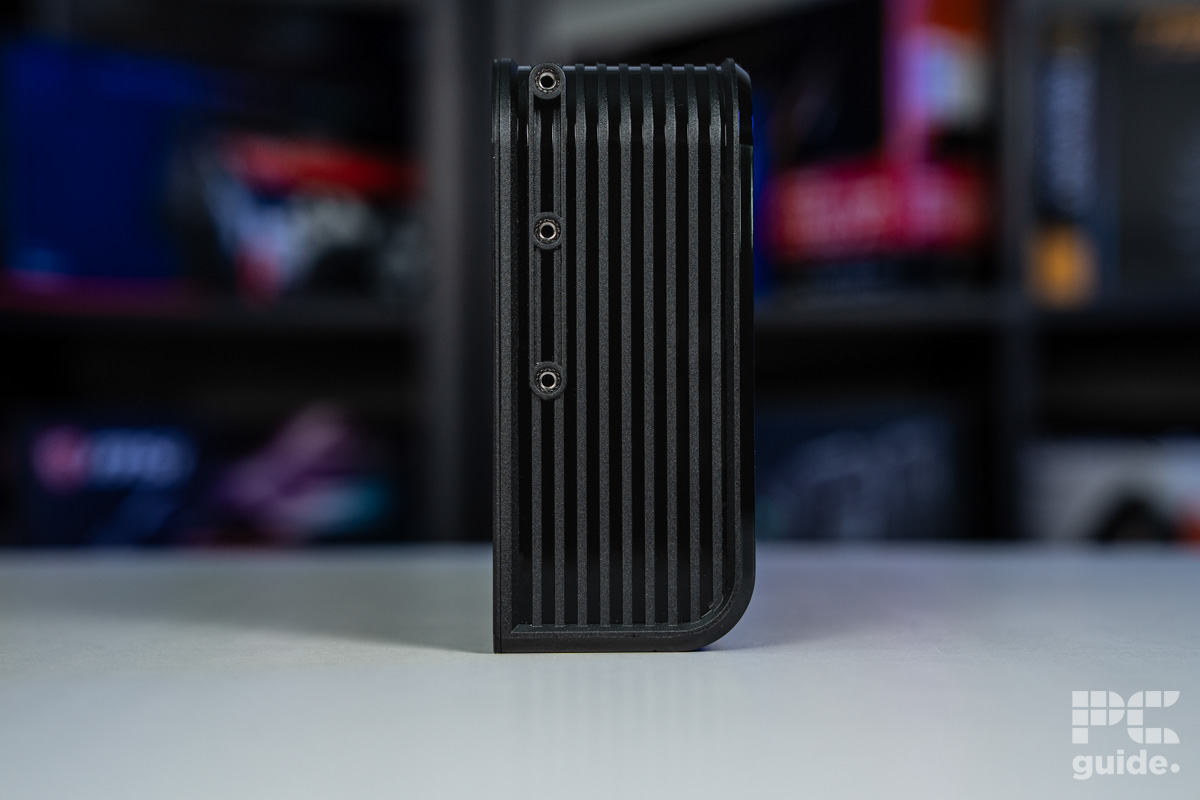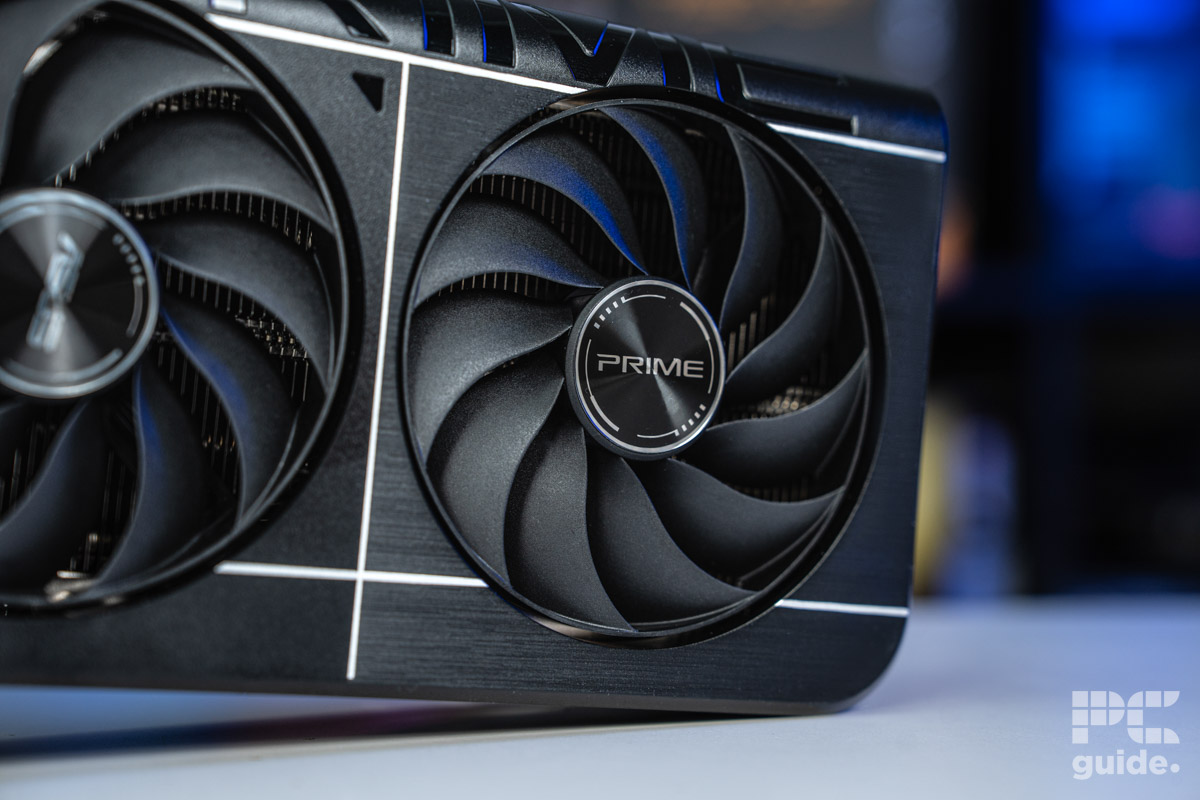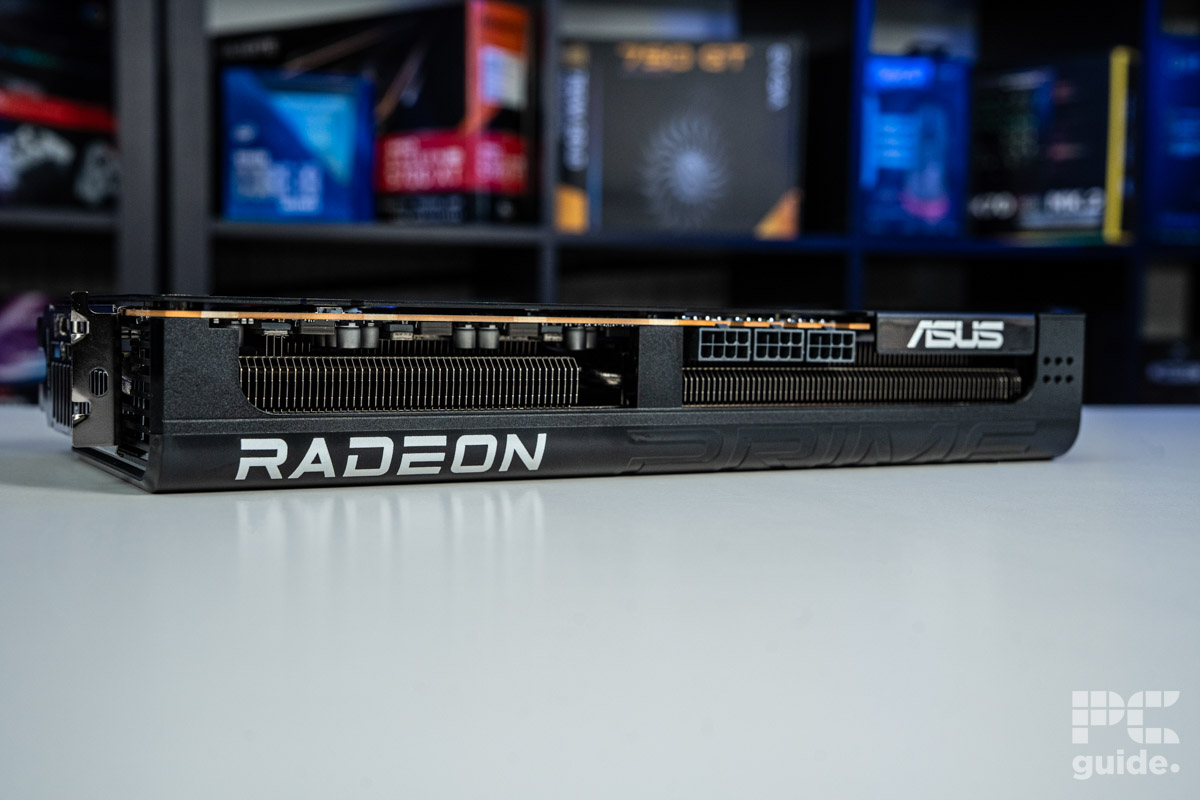Investigation into RDNA 4 GPU temperatures gets attention from manufacturer as root cause revealed

Table of Contents
Some users of AMD's RDNA 4 graphics cards have noticed a problem with high reported temperatures. Since such high temperatures can affect performance, one tech outlet has launched an investigation into the cause, passing the results on to one of AMD’s biggest GPU partners – Sapphire.
German tech publication Igor's Lab noticed that several AMD graphics cards using the RDNA 4 architecture were reporting worryingly high memory temperatures. After several readers reported similar issues, Igor decided to get to work on discovering the root cause.
Prime Day is finally here! Find all the biggest tech and PC deals below.
- Sapphire 11348-03-20G Pulse AMD Radeon™ RX 9070 XT Was $779 Now $739
- AMD Ryzen 7 7800X3D 8-Core, 16-Thread Desktop Processor Was $449 Now $341
- ASUS RTX™ 5060 OC Edition Graphics Card Was $379 Now $339
- LG 77-Inch Class OLED evo AI 4K C5 Series Smart TV Was $3,696 Now $2,796
- Intel® Core™ i7-14700K New Gaming Desktop Was $320.99 Now $274
- Lexar 2TB NM1090 w/HeatSink SSD PCIe Gen5x4 NVMe M.2 Was $281.97 Now $214.98
- Apple Watch Series 10 GPS + Cellular 42mm case Smartwatch Was $499.99 Now $379.99
- ASUS ROG Strix G16 (2025) 16" FHD, RTX 5060 gaming laptop Was $1,499.99 Now $1,274.99
- Apple iPad mini (A17 Pro): Apple Intelligence Was $499.99 Now $379.99
*Prices and savings subject to change. Click through to get the current prices.

- GPU: Navi 48 XT
- Stream Processors: 4,096
- VRAM: 16GB GDDR6
- Memory Bus Width: 256-bit
- Base/Game/Boost clock speed: 1,660/2,400/2,970 MHz
- TBP: 304W
As Igor's Lab points out, thermal management is an important aspect of modern PC technology. Silicon works at its best when it is kept cool, but as chips for CPUs and GPUs have become more complicated, they have also become considerably hotter. AMD used a number of clever optimization tricks for the RDNA 4 graphics cards, like the RX 9070 XT, to try and keep them in an acceptable temperature range.
Two RX 9070 XT graphics cards were tested in this investigation. One was the XFX Mercury RX 9070 XT, and the other was the Sapphire RX 9070 XT. These two cards had identical configurations for temperature limit values. These values specify the temperature limit at which performance is throttled.

The 110°C threshold
The most important figure of note was 110°C, which is the threshold at which the card firmware will activate measures to protect the components from thermal damage. These measures can result in performance drops as certain components are disabled to prevent damage.
The Sapphire RX 9070 XT card was more concerned with keeping noise low, so it allowed for a higher operating temperature before ramping up the fan speed. The XFX card, by comparison, was more active in turning up the fan speed to ensure a low operating temperature.
In order to achieve similar thermal performance from the Sapphire card, Igor disassembled the Sapphire card and applied high-quality thermal putty to the VRAM modules and MOSFETs of the voltage converters.
The end result of this modification was fairly impressive, dropping the peak temperatures from above 90°C down to less than 85°C. Igor passed the results of his tests and his modifications to Sapphire, which are considering changing the temperature target for memory modules in its next batch of graphics cards.
A win for user feedback and a positive development for future RX 9070 XT customers.


